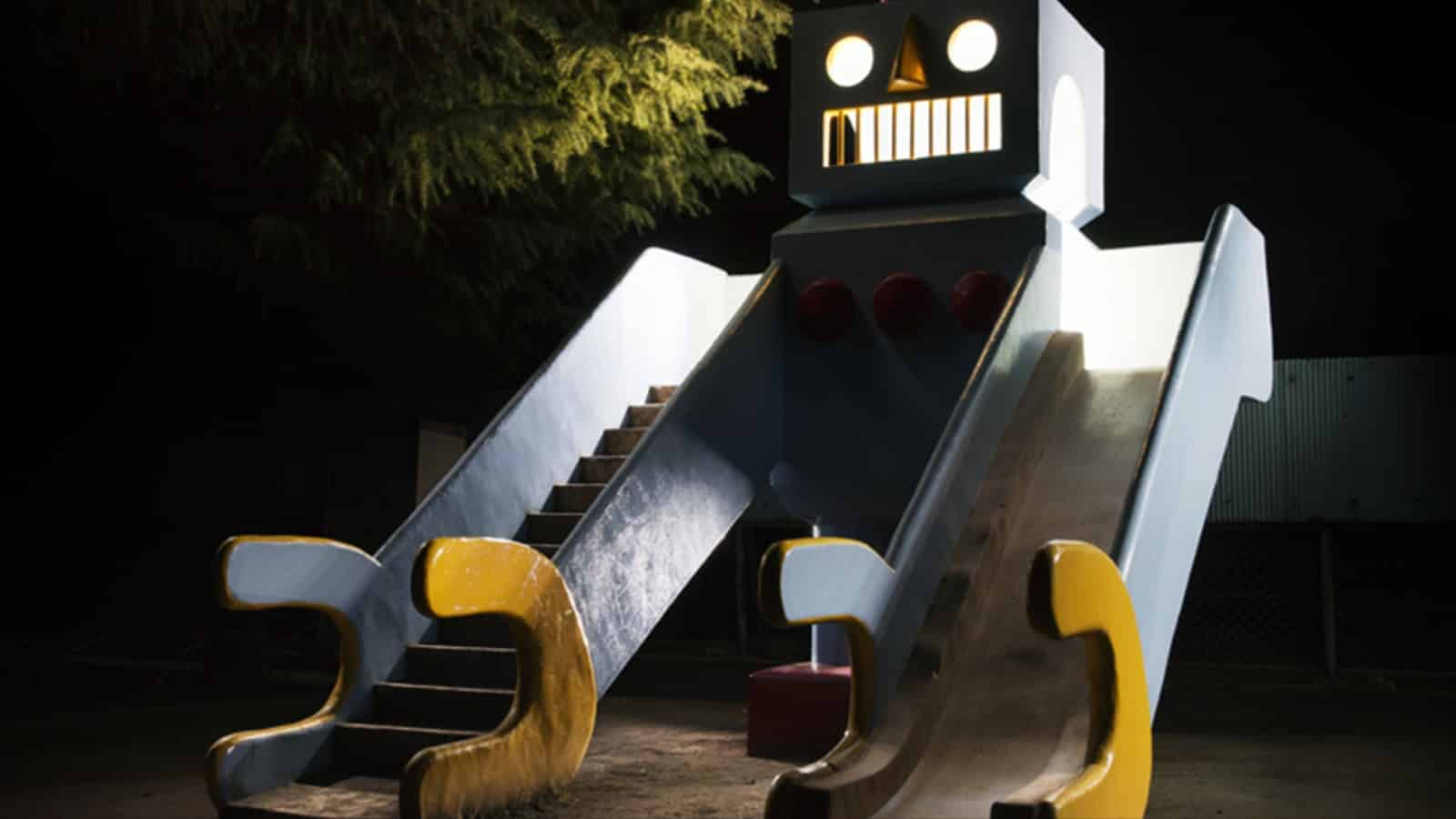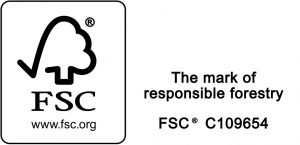Kids, wherever they are, love to play and are naturally attracted to playground swings and equipment. You may be surprised to learn though that there are many differences around the world in what constitutes a suitable and safe play area.
Here in the UK we are very aware of the need to keep our children as safe as they can be whilst playing outside and at the same time we prefer natural environmentally friendly products. This is why natural wooden playground equipment is becoming more popular. We like our children’s outdoor playground equipment to be as safe and as sustainable as possible, but how do the rest of the world do it?
Japan
In contrast to the ‘safety first’ attitude we have here, the Japanese are perhaps not so hot on this. In fact the Japanese tend not to use safety surfaces as they don’t think it teaches a good example to children! A school in Tokyo has built a playground/sports area on the roof of the building. It could be described as semi-outdoors as it has a retractable roof which closes in bad weather. There is no outdoor play equipment though and definitely no safety flooring! There unique approach doesn’t just stop there. Many of their design can’t be seen anywhere else in the world and are truly inspiring. Check out this great article to see what we mean

Bethlehem
Sadly, children here learn to play behind the thickest walls they can find to protect themselves against gunfire at their school on the West Bank. Even though there’s no sign of any play equipment at all the children still somehow learn to play. An example of how play is innate in children and always finds a way no matter where children are. Activities such as parkour have become popular too as children find any means to challenge and entertain themselves using the environment around them.
Bhutan Monastery
Even though the children live under strict rules they are still allowed outside for play and socialisation and although there is no obvious sign of any play equipment, they have the spectacular scenery around to inspire them.
The USA
In America, the emphasis is very much on athleticism rather than academia in many high schools, and to this end schools pride themselves on the provision of gym space for cheerleaders to practice in and outdoor sports fields and running tracks. The benefit of outdoor wooden and natural play equipment has yet to take root in many US schools. Perhaps this as deemed too risky in a society where litigation and compensation is more common.

Averoy, Norway
There is a small island school which is connected to the mainland by a recently built tunnel and which has pupils from the ages of 5-13. These children are lucky enough to be able to play outside in the brisk fresh air among the trees but with rudimentary play equipment provided. Scandinavians are famed for their natural playgrounds which have been proven to create healthy minds and bodies
Russia
Despite Russia’s reputation for stern austerity they do set great store by encouraging their children to play, and playgrounds are provided all across the country in parks and public areas as well as in schools. Their playgrounds are very creative and often build very creative and natural playgrounds. Some of their playgrounds contain some quite wacky ideas! One playground is contained within a scaled down copy of Moscow City Kremlin while others have statues of bears, mermaids and even dragons beside the swings. By and large though Russian playgrounds are definitely not designed with ‘safety first’ and believe in the benefits of ‘risky play’.
The best eco-friendly playgrounds
Many countries are becoming keen to ditch plastics and unsustainable metals in favour of re-using and repurposing what they already have to make play equipment. The Wikado Playground in The Netherlands uses old windmills and modern wind turbines to construct a maze-like play area while in Thailand the Rubber Tree Playground features play equipment made from discarded tyres and bamboo.
The Lion’s Playground in Alabama, USA makes interesting use of 2000 recycled steel drums while in Brazil one children’s play area features a labyrinth made entirely from recycled cardboard.
We think way playgrounds are designed and built in each country is a true reflection of their society. When it comes to sustainable and natural outdoor playground equipment it’s good to know that some parts of the world at least are coming around to our way of thinking!


